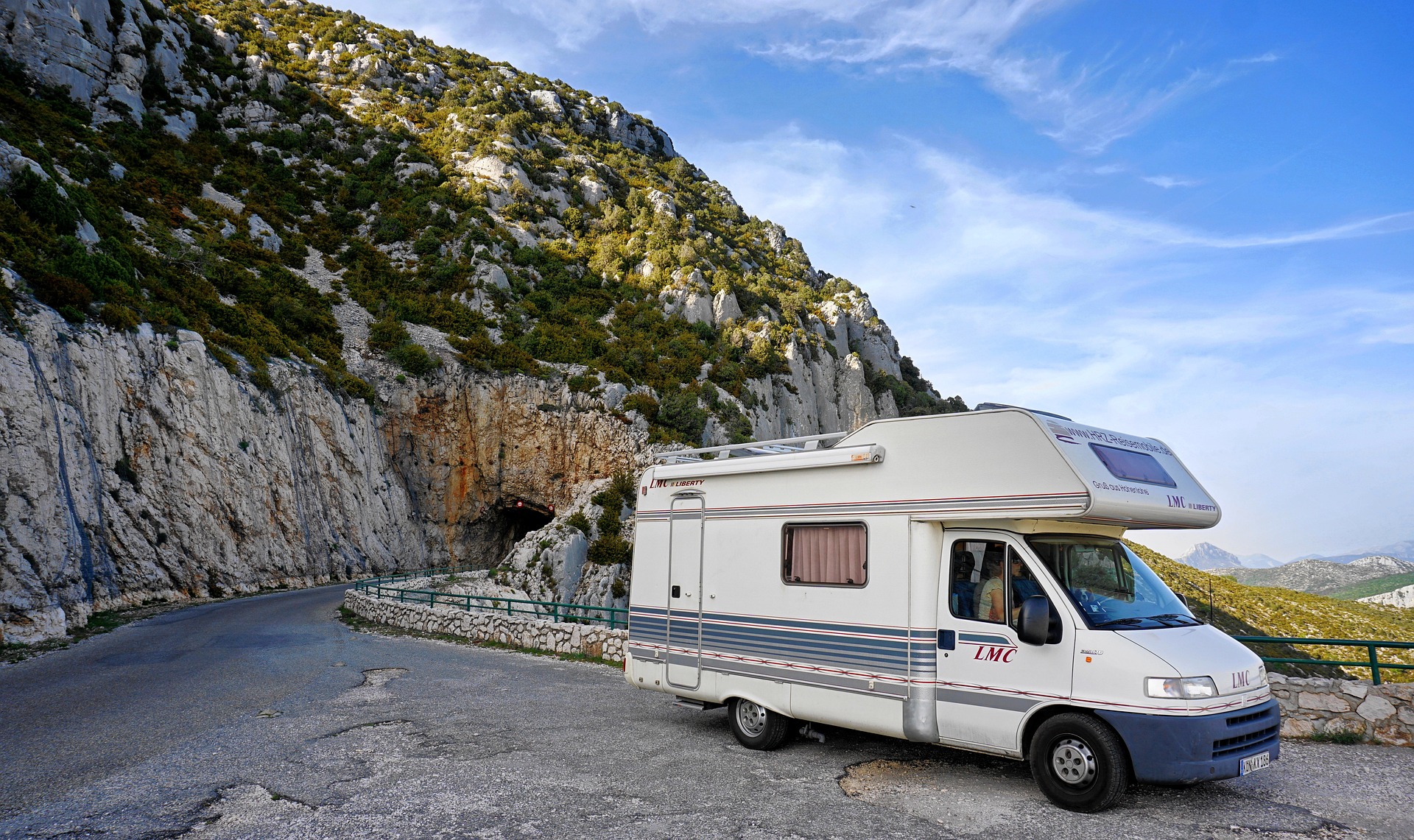Funding Your Adventure: RV, Camper & Motorhome Loans
Dreaming of life on the road but unsure how to pay for an RV, camper, or motorhome? This guide explains RV loans, camper financing, and motorhome lending—covering loan terms, interest rate drivers, down payment recommendations, and where to find specialized lenders. Learn how to compare offers and choose the financing that fits your travel plans and budget.

Funding Your Adventure: RV, Camper & Motorhome Loans
The freedom to explore while bringing the comforts of home makes recreational vehicles increasingly attractive. Yet the price tag for an RV, camper, or motorhome often means buyers need financing. Understanding how these loans work, what influences approval and pricing, and where to shop can make the difference between an affordable purchase and a costly mistake.
How campervan and RV loans differ from standard auto financing
Loans for campervans and motorhomes share core mechanics with car financing, but there are notable distinctions. Lenders frequently offer much longer repayment periods for recreational vehicles than for passenger cars. Terms can stretch as long as 20 years for new, high-end motorhomes, whereas typical car loans are commonly in the 5 to 7 year range. Longer terms reduce monthly payments but usually increase total interest paid over the life of the loan.
Another difference is down payment expectations. Because RVs can cost far more than a typical automobile and depreciate differently, lenders often ask for larger down payments or stricter qualification standards. In addition, the resale market for RVs and the condition of a used vehicle play a larger role in underwriting decisions than they might for a standard car.
What affects approval odds and the interest rate you pay
Several factors determine whether you get approved for an RV loan and what interest rate you are offered. Key considerations include:
- Credit score: Higher scores generally unlock lower APRs and better terms. Borrowers with excellent credit will see the most competitive offers.
- Debt to income ratio: Lenders want to ensure monthly RV payments fit comfortably alongside existing obligations.
- Employment and income stability: A steady work history or reliable income stream helps your case, especially if you have seasonal or freelance earnings.
- Loan to value (LTV): The size of your down payment relative to the vehicle price affects both approval and rate. Lower LTVs reduce lender risk and typically result in better pricing.
- Age and condition of the RV: Newer units are easier to finance. Older and heavily used vehicles may carry higher rates or shorter loan terms.
Other factors such as state of residence, intended use, and whether the RV will be used as a primary residence can also influence underwriting.
Lenders that specialize in motorhome and camper financing
A variety of lenders focus on recreational vehicle financing. These include dedicated RV finance companies that understand industry-specific values, credit unions with targeted RV loan programs, banks, and manufacturers or dealers that offer promotional financing on new units. Specialized lenders may provide tailored products like flexible terms, seasonal payment options, or financing packages that include warranties or service plans. Credit unions often offer attractive rates to members, while manufacturer financing may feature promotional APRs or incentives for qualified buyers.
How much should you put down?
Down payment expectations vary by lender and borrower profile. Some lenders permit loans with around 10 percent down, but a larger initial payment usually improves the loan’s terms. Financial advisers commonly recommend aiming for a 20 percent down payment to offset immediate depreciation and reduce monthly payments. A larger down payment can also help you avoid owing more than the RV is worth in the early years of the loan.
Typical loan lengths, rates, and common loan sizes
| Loan Type | Typical Term | Estimated APR Range | Common Loan Size |
|---|---|---|---|
| New RV or Motorhome | 10 to 20 years | 4.49% to 7.99% | $25,000 to $500,000+ |
| Used RV | 5 to 15 years | 5.99% to 8.99% | $15,000 to $200,000+ |
| Camper or Travel Trailer | 5 to 15 years | 5.49% to 8.49% | $5,000 to $100,000 |
| Luxury Motorhome | 10 to 20 years | 4.49% to 7.49% | $50,000 to $500,000+ |
Prices, rates, or cost estimates mentioned in this article are based on the latest available information but may change over time. Independent research is advised before making financial decisions.
How to shop and choose the right loan
Start by checking your credit report and score, then calculate a realistic monthly payment that fits your budget, including insurance, maintenance, and storage costs. Get prequalified quotes from several lenders so you can compare APRs, terms, fees, and any prepayment penalties. Ask whether the lender requires comprehensive insurance, covers any gap between loan balance and vehicle value, or offers seasonal payment structures if you only use the RV part of the year.
Consider the tradeoffs between term length and total cost. While 15 or 20 year terms lower monthly payments, they can significantly increase the interest you pay overall. If you plan to keep the RV long-term and want a lower monthly payment, a longer term might make sense; if you want to minimize interest, choose a shorter term and higher payment if you can afford it.
Refinancing can be a useful strategy if your credit improves or market rates fall. Also, compare dealer offers and manufacturer promotions, but always read the fine print and verify whether special financing affects the vehicle price or requires stricter qualification.
Final thoughts
Financing an RV, camper, or motorhome is a major financial decision that benefits from research and comparison shopping. Understand how lenders evaluate borrowers, the typical down payment and term expectations, and which lenders specialize in RV products. With the right planning and a careful review of offers, you can secure financing that turns your travel dreams into a sustainable reality without unexpected financial strain.






